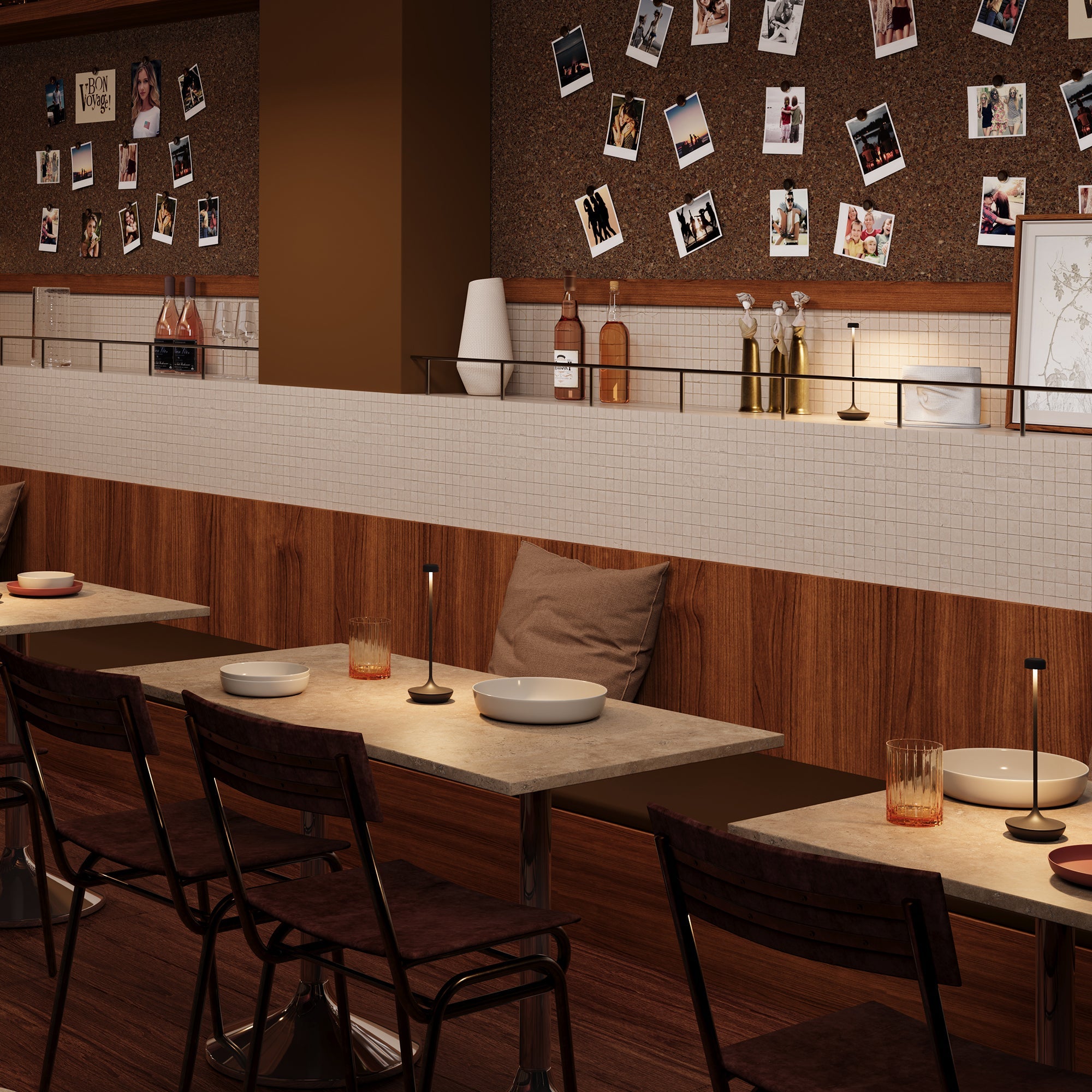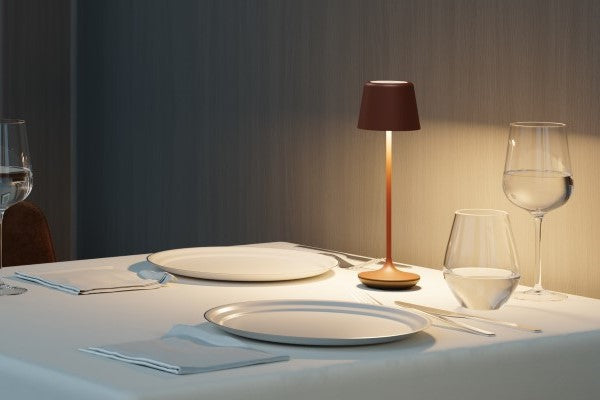
The Secret to Creating an Effortless Guest Atmosphere? Lighting That Works as Hard as Your Staff.
When a guest walks into your restaurant, hotel, or rooftop bar, the first impression isn’t the food.
It’s not the decor.
It’s the atmosphere—and that starts with the lighting.
It’s what sets the mood before the menu even lands. It’s what makes the wine sparkle, the dishes Instagram-worthy, and the space feel effortlessly elegant. And yet, lighting is too often the most overlooked member of your service team.
Let’s change that.
Lighting has a unique power in hospitality. It creates mood, defines the energy of a room, and influences everything from how food looks on a plate to how long guests choose to linger at a table. It guides behavior subtly and subconsciously—without needing a single word.
Despite its impact, lighting is still one of the most underutilized tools in the hospitality experience. Many venues settle for either aesthetic appeal or functional lighting, rarely both. Yet in a world where customers expect seamless ambiance alongside top-tier service, that balance is no longer optional - it’s essential.
In restaurants, lighting can shape the rhythm of the evening. Brighter light early in the evening encourages quicker turnover and energy. A gradual dimming as night falls invites guests to relax and stay. In hotel lobbies and lounges, layered lighting helps transition the space from a busy check-in hub to a serene social zone as the day winds down. And on terraces and rooftops, lighting is often the difference between a beautiful setting and a truly memorable experience.
The best hospitality lighting isn’t just beautiful - it’s smart. It supports the staff as much as it serves the guests. It’s flexible enough to work indoors and outdoors. It adapts to seasonal changes and time of day. And increasingly, it’s cordless, mobile, and easy to maintain - because teams need solutions that work just as well behind the scenes as they do in front of house.
Across Europe, hospitality leaders are rethinking lighting as a strategic design element rather than an afterthought. Interior designers are integrating flexible lighting systems from the concept phase. Operators are prioritizing user-friendly functionality to reduce daily setup and improve staff efficiency. The result is a new kind of lighting culture - one where form, function, and feeling are given equal weight.
As guest expectations evolve, so too must the tools that shape their experience. And perhaps the most quietly powerful of those tools is the one that’s been above our heads, glowing on our tables, and lining our walkways all along.


